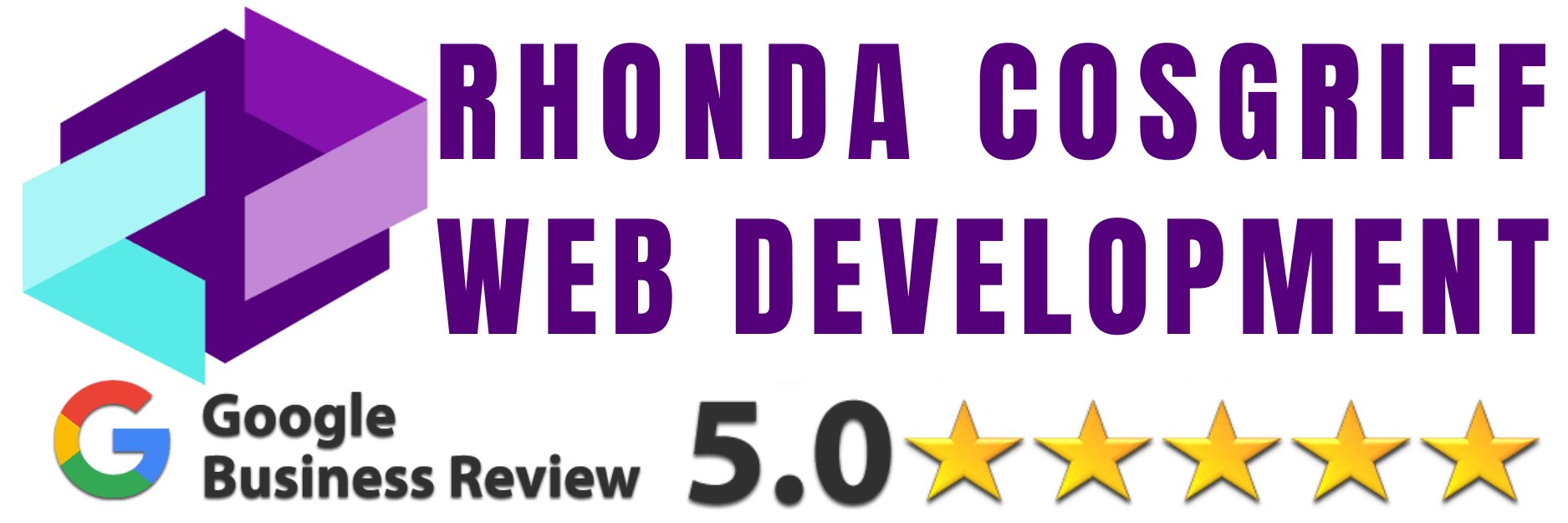
Web3: Embracing the Decentralized and Trustless Internet
In the ever-evolving landscape of the internet, Web3 stands at the forefront of innovation, promising a new era of decentralization, transparency, and user empowerment. Gone are the days of static web pages and the limited interactivity of Web1 and Web2. Welcome to Web3, where blockchain technology and smart contracts pave the way for a trustless and interconnected online world.
Understanding the Evolution of the Web
Web1: Static Web Pages
In the early days of the internet, Web1, the first iteration of the web, consisted of simple static web pages. Users could only passively consume content without the ability to interact or participate.
Web2: Social and Interactive Web
Web2 brought about significant advancements, enabling social media, online communities, and interactive websites. Users could now actively engage, share, and collaborate with others online, ushering in the age of social networking.
Web3: Decentralized and Trustless Web
Web3 represents a paradigm shift, leveraging blockchain technology to create a decentralized and trustless internet. This new web iteration aims to eliminate the dominance of central authorities and intermediaries, giving users control over their data and online interactions.
The Core Concepts of Web3
Blockchain Technology
At the heart of Web3 lies blockchain technology, a distributed and immutable ledger that records transactions and data across a network of computers. This technology ensures data integrity, security, and transparency.
Smart Contracts
Smart contracts are self-executing agreements with predefined rules. They automate processes, removing the need for intermediaries and enhancing efficiency and trust.
Decentralized Applications (dApps)
Decentralized applications, or dApps, run on blockchain networks instead of centralized servers. They offer numerous benefits, including censorship resistance and enhanced security.
Digital Assets and NFTs
Web3 has popularized the concept of digital assets, including non-fungible tokens (NFTs). NFTs revolutionize ownership and provenance in the digital realm.
We did a NFT website for our client Rich Fish Society.
Interoperability and Decentralized Finance (DeFi)
Web3 fosters interoperability, allowing different blockchain networks and dApps to interact seamlessly. Additionally, it has given rise to decentralized finance (DeFi) applications that offer financial services without intermediaries.
Benefits and Advantages of Web3
 Data Ownership and Privacy
Data Ownership and Privacy
With Web3, users retain ownership of their data and have the option to share it selectively. This approach enhances privacy and reduces the risk of data breaches.
Transparency and Immutability
Blockchain’s transparency and immutability instill trust in users, as all transactions and data are publicly recorded and cannot be altered.
Removing Middlemen and Reducing Costs
Web3 eliminates intermediaries, reducing transaction fees and operational costs for businesses and individuals.
Empowering Developers and Users
Developers and users alike benefit from the flexibility and autonomy that Web3 provides, fostering innovation and creativity.
Global Accessibility and Inclusion
Web3’s decentralized nature ensures global accessibility, bridging the digital divide and promoting financial inclusion.
The Role of Cryptocurrencies in Web3
 Digital Currencies as the Backbone
Digital Currencies as the Backbone
Cryptocurrencies serve as the backbone of Web3, facilitating peer-to-peer transactions and powering decentralized networks.
Tokenization of Assets
Web3 enables the tokenization of real-world assets, such as real estate and art, unlocking liquidity and fractional ownership.
Crypto Payments and Transactions
Cryptocurrencies enable borderless and instant transactions, making cross-border payments more efficient.
Staking and Governance
Staking allows users to participate in network consensus and earn rewards, while governance tokens enable community-driven decision-making.
Real-World Applications of Web3
Decentralized Social Media Platforms
Web3 introduces social media platforms that prioritize data privacy, content ownership, and reward content creators directly.
NFT Marketplaces and Digital Art
NFT marketplaces enable artists to showcase and monetize their digital creations, revolutionizing the art industry.
Decentralized Finance (DeFi) Applications
DeFi applications offer a range of financial services, including lending, borrowing, and yield farming, without intermediaries.
Supply Chain Management and Traceability
Web3 enhances supply chain transparency, ensuring consumers can trace the origin of products and verify their authenticity.
Gaming and Virtual Realities
Web3-based gaming platforms leverage NFTs, allowing players to truly own in-game assets and trade them freely.
Challenges and Limitations of Web3
Scalability and Throughput
Web3 networks face scalability challenges, with some blockchains struggling to handle a high number of transactions per second.
User Experience and Adoption
Mass adoption of Web3 technologies requires user-friendly interfaces and seamless onboarding processes.
Regulatory and Legal Concerns
Web3’s decentralized nature poses regulatory challenges, necessitating frameworks to address legal implications.
Energy Consumption and Environmental Impact
The energy-intensive consensus mechanisms used by some blockchains raise concerns about their environmental impact.
The Future of Web3
Interoperability and Collaboration
Future developments will focus on improving interoperability between various blockchains and dApps.
Web3 Integration in Everyday Life
Web3 technologies will seamlessly integrate into our daily lives, transforming how we interact online.
Potential Disruption of Traditional Systems
Web3’s rise may disrupt traditional systems, leading to new economic and social paradigms.
Overcoming Challenges and Moving Forward
Addressing scalability, user experience, regulatory concerns, and environmental impact will be crucial for Web3’s growth and success.










